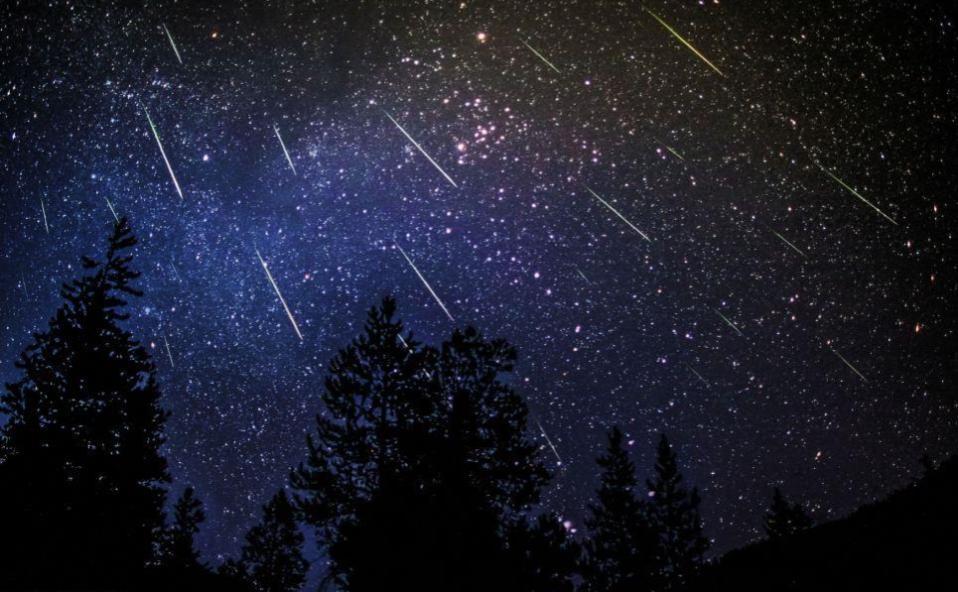This year November offers Sky-watchers a chance to see 7 of the 8 planets in our Solar System. Five of these will be easy without optical aid, while the other two, Uranus and Neptune, may be found with some extra effort using binoculars.
Look first for Jupiter and Saturn, which remain easy to spot in the evening southwestern sky; though both will be setting by 11:30 pm on November 1st, and by 9:30 pm on November 30th. By the end of the month they will appear only two degrees apart; Jupiter being the brighter of the two. On November 19th look for the crescent Mon just below the two.
Mars remains stunning in early November high in the east at sunset. As bright as Jupiter November 1st, Mars will dim by one full magnitude by the end of the month. Great telescopic views will be possible all month, especially in the first half. On the 25th, the Moon passes just below Mars.
Just after 4 am, Venus appears very bright above the eastern pre-dawn horizon, and close to Spica, the brightest star in Virgo the maiden. Mercury joins Venus in the morning also close to Spica. A stunning view of these 3 objects along with a slender crescent Moon will grace the pre-dawn eastern sky on November 13th. The Moon will appear just above Mercury, with Spica ,just to the right of the Moon; and Venus above and slightly left of Spica, one hour before sunrise.
Neptune may be spotted with binoculars but sky-watchers will have to consult a star chart of the dim zodiac constellation Aquarius(in the southwestern sky) to locate a specific star called Phi Aquarii; and then try to find it in the sky. Neptune will be right next to this star.
Uranus may also be found just below and left of Hamal, brightest star in Aries the ram (found in the southeastern sky below the Great Square of Pegasus. Again, we will need to consult a star chart to pinpoint the location.
Uranus and Neptune will not be that easy to find, but if one puts in some effort the reward will be knowing that they are seeing planets that are 1 billion miles (Uranus) and 2 billion miles (Neptune) out in the Solar System.
Daylight-savings time ends on November 1st so it will be dark enough by 5:30 pm to see Saturn and Jupiter easily. Full Moon for November is November 30th.
Finally, one of the year’s better meteor showers peaks on November 17th. The Leonids have very fast meteors radiating from the “sickle-shape” at the front of Leo the lion, which rises just after midnight in the East. Fifteen to 20 meteors per hour may be seen between best viewing hours from 3 to 6 am. Meteor showers typically display their best views in the early morning hours as Earth turns into the stream of debris left behind by comets. In the case of the Leonids, the Comet is 55P Temple-Tuttle, which last circled close to the Sun in 1998.




Write a Letter to the Editor on this Article
We encourage readers to offer their point of view on this article by submitting the following form. Editing is sometimes necessary and is done at the discretion of the editorial staff.